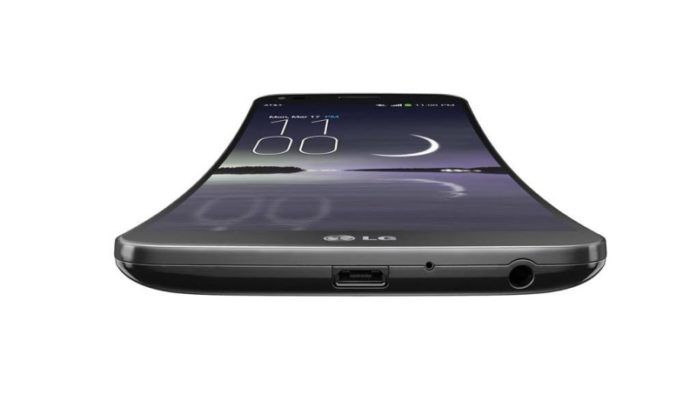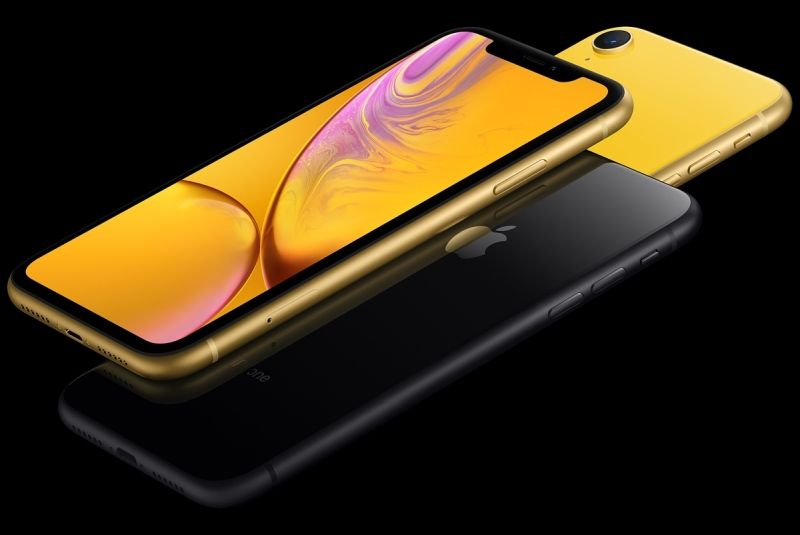Here Are Some Gimmicks Pushed As Innovations By Technology Brands

We love how innovations make technology products better. Flexible displays and elaborate hinge engineering lead to foldable phones such as the Mate X and Galaxy Fold. Constant progress in semiconductor industry is making laptops more compact than ever. Similarly, a bunch of sensors backed by algorithms are making vehicles safer. On the whole, things are heading in the right direction. However, occasionally, brands sell you features that are nothing more than marketing gimmicks. In some cases, these new features not only fail to enhance the experience but actually ruin it:
Edge LED In LCD TVs
LCD TVs require a backlight to illuminate the picture. In early models, this light came from (Cold Cathode Flurocent Lamp) CCFL. It was later replaced by a better LED technology. Instead of a single light source, you now had an array of LEDs to power the screen. This addressed issues such as uneven brightness. Moreover, local dimming enabled LCDs to achieve better contrast. The idea was to switch off LEDs in zones where the scene is dark. However, driving the whole array of LEDs was an expensive affair. Hence, TV companies decided to move to a cheaper technology that required fewer LEDs. Dubbed as ‘Edge LED’, this system implemented LEDs only to the edge of the display. It is quite clear that with the less number of LEDs, there was no way to control the entire panel’s brightness properly. In short, this new technology was inferior to the full-array LCDs. But, Sony and Samsung kept on raving about the Edge LED tech in ad campaigns. Their marketing was so effective that I remember bumping into people who would ask for Edge LED TV models in electronics stores.

Liquid Retina On iPhone
Apple has a knack for giving dramatic names for new features. In 2010, the Cupertino company introduced Retina display moniker. To be fair, it meant something back then. All the iPhones right up to the 3GS had incredibly pixelated screens. To put things in perspective, the iPhone 3GS’ 3.5-inch screen had 320 x 480 pixels, which offered the pixel density of 165 ppi. The iPhone 4 was a launch vehicle for Retina Display. During the unveiling, Steve Jobs stated that Retina will guarantee the pixel density of at least 300 ppi. That was a great move, which was then followed by the entire industry. So, when Tim unveiled Liquid Retina display with the iPhone XR, I was expecting some technological advancement behind it. It was more responsive to touch? Or maybe, it offered better pixel density? Well, as it turns out, the iPhone XR has pixel density of 328 ppi, so it can’t be about pixels for sure. The reason why Apple labels it Liquid Retina is because the panel runs along the phone’s rounded corners.

Mosquito Repellent In LG ACs
Mosquitoes are the world’s deadliest creatures. According to the World Health Organization, in developing countries around 2.7 million people die from mosquito-borne diseases every year. So, when LG announced mosquito repellent ACs, I thought it was a great idea in a country like India. The South Korean company claimed that these Air Conditioners come with the Mosquito Away technology. I’m not going to judge LG’s capability to come up with creative terms. Mosquitoes detect us using chemical receptors. Our biggest giveaway is the carbon dioxide exhaled while breathing and there’s nothing you can do about that. But there are multiple ways to get rid of the mosquitoes. So, is LG using chemical, natural repellents, or electronic zappers? After seeing the demo at my friend’s place, I realized that these ACs house sonic repellent devices that cost barely Rs 100 in China Bazaar. So, LG hyped up its expensive appliance with something that can be easily bought separately at a dirt-cheap price.

Curved Phones From LG And Samsung
Early CRT displays were curved. Partly due to the inability to produce flat screen projection from the beam. Sony was the first brand to manage to flatten the screen projection significantly with its Trinitron WEGA TV series. People loved the flat screens, because these wouldn’t warp the picture around the corners. As a result, Sony dominated the TV industry in the 90s. With LCDs becoming affordable in the next decade, people finally got access to true flat screens. However, in 2013, some geniuses at LG and Samsung thought that phones needed curved screens. According to Samsung, its Galaxy Round offered “comfortable hand grip feeling to user, and exclusive experiences of curved display”. Its South Korean compatriot LG made similar claims with its G Flex handset. The G Flex’s product page read, “Ergonomic Curved Design for Comfortable Grip and Improved Audio Performance”. In reality, these handsets didn’t even fit properly inside pockets. If that wasn’t bad enough, both the Galaxy Round and G Flex wobbled like a tumbler toy.





